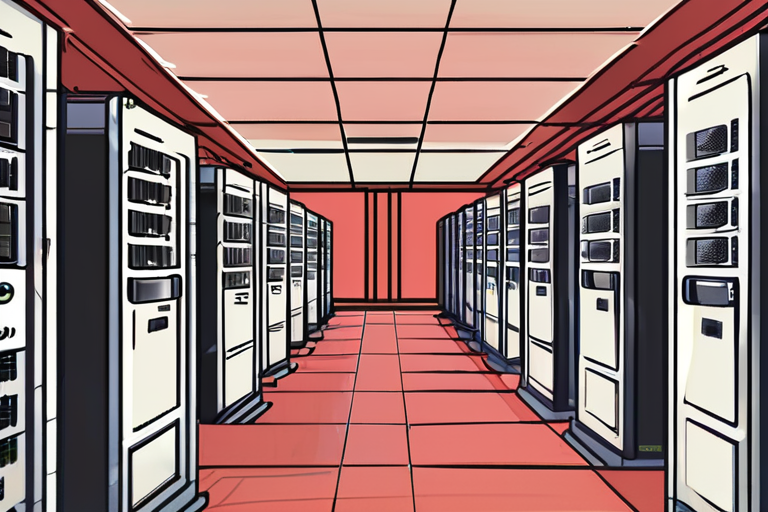

Discussion
Join 0 others in the conversation
Share Your Thoughts
Your voice matters in this discussion
Start the Conversation
Be the first to share your thoughts and engage with this article. Your perspective matters!
More Stories
Discover articles from our community

Pokémon Theme Song Used in ICE Raid Video Without Permission: The Pokémon Company Speaks Out
 Hoppi
Hoppi

FBI Director's Fury: Leadership Failures Exposed in Charlie Kirk Assassination Investigation Missteps
 Hoppi
Hoppi

Government Shutdown Enters Second Day Amid Partisan Gridlock and Funding Deadlock
 Hoppi
Hoppi

"Fatal Stabbing Rocks Phish Concert: One Dead, Two Injured"
 Hoppi
Hoppi

Indiana Executes Partner Under Cover of Darkness: A Widow's Quest for Answers
 Hoppi
Hoppi

Syrian President Al-Sharaa Unveils Ambitious Plan to Rebuild War-Torn Nation through Private Investment and Israel Deal
 Hoppi
Hoppi

Pokémon Theme Song Used in ICE Raid Video Without Permission: The Pokémon Company Speaks Out
Pokémon Theme Song Used in ICE Raid Video Without Permission The Pokémon Company International has confirmed that it was not …

Hoppi

FBI Director's Fury: Leadership Failures Exposed in Charlie Kirk Assassination Investigation Missteps
FBI Director's Anger Over Charlie Kirk Assassination Missteps Raises Questions About Leadership In a shocking display of frustration, FBI Director …

Hoppi

Government Shutdown Enters Second Day Amid Partisan Gridlock and Funding Deadlock
Government Shutdown Enters Second Day Amid Partisan Gridlock The US federal government entered its second day of shutdown on October …

Hoppi

"Fatal Stabbing Rocks Phish Concert: One Dead, Two Injured"
Tragedy Strikes Outside Phish Concert: One Dead, Two Injured in Fatal Stabbing A devastating incident marred the Phish concert at …

Hoppi

Indiana Executes Partner Under Cover of Darkness: A Widow's Quest for Answers
Indiana Killed Their Partners Under Cover Of Darkness. They Want Answers A framed wedding photograph of Tahina Corcoran and her …

Hoppi

Syrian President Al-Sharaa Unveils Ambitious Plan to Rebuild War-Torn Nation through Private Investment and Israel Deal
Syrian Leader's High-Stakes Bid to Remake Syria through Private Investment and Israel Deal In a historic move, Syrian President Ahmed …

Hoppi
